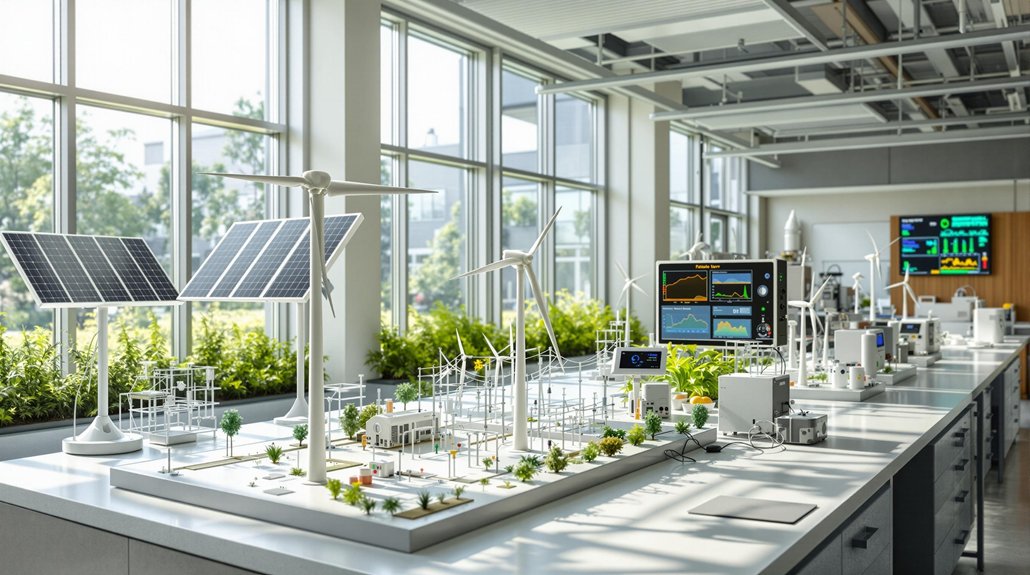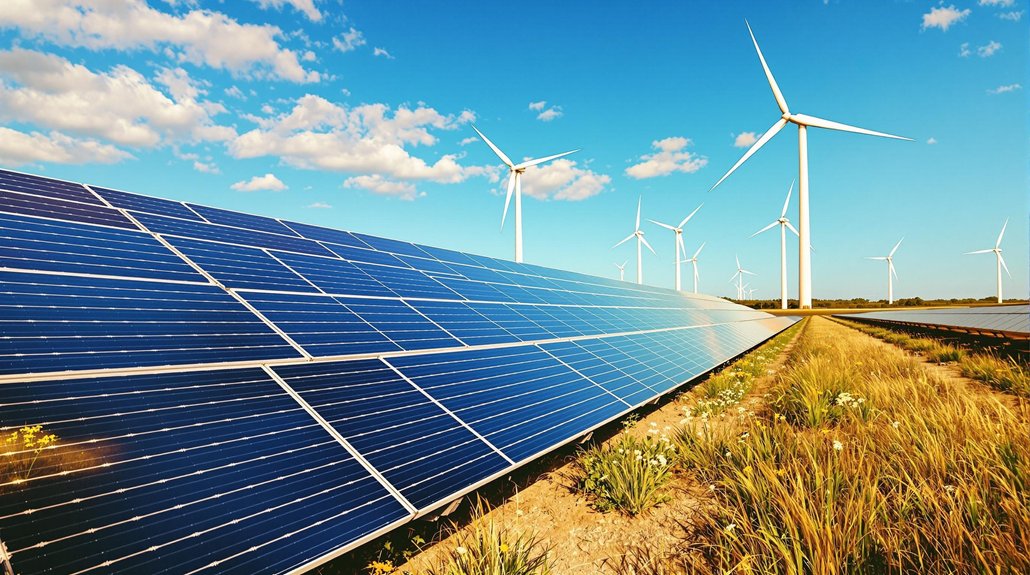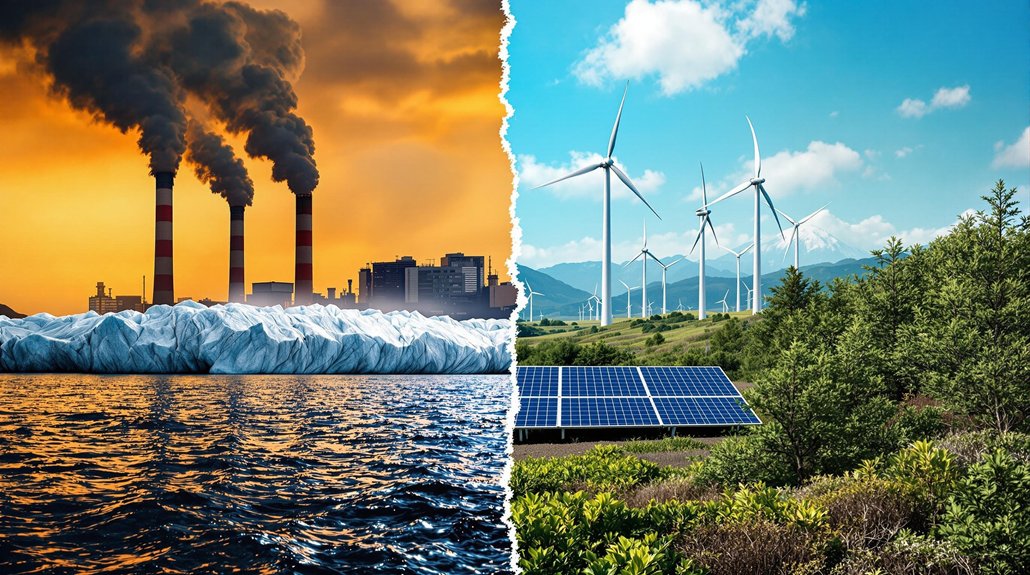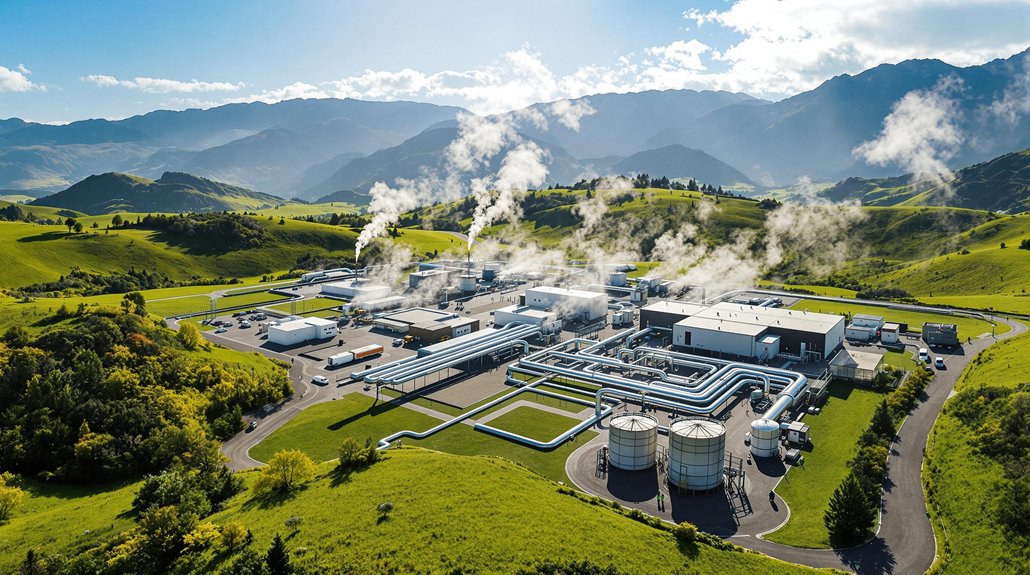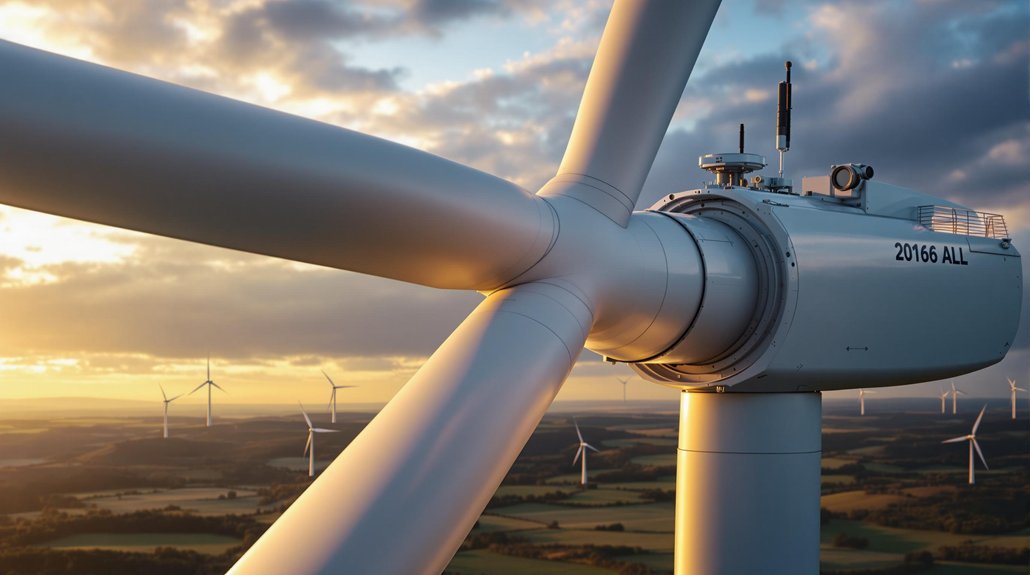Masters in Sustainable Energy programs typically last 1-2 years and require 30-60 credit hours. Students learn about renewable technologies, energy economics, and environmental policies through core courses, electives, and capstone projects. Applicants need a bachelor’s degree with a 3.0 GPA and letters of recommendation. Graduates work as project developers, policy analysts, and energy systems engineers. The growing job market reflects increased global commitment to clean energy solutions.
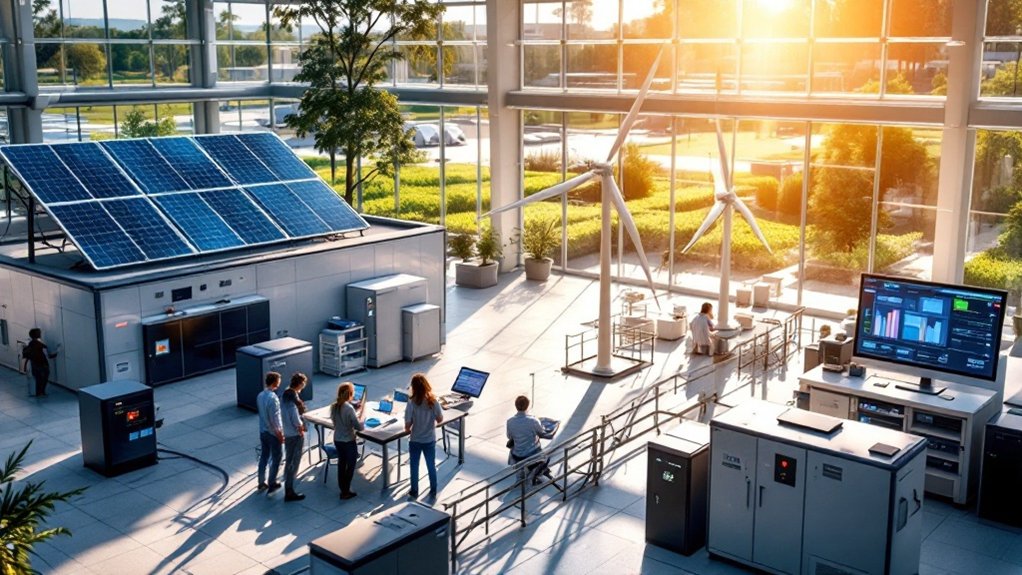
As the world shifts toward cleaner energy solutions, Masters in Sustainable Energy programs have become increasingly popular among students and professionals alike. These programs typically take one to two years to complete when studied full-time and require between 30 and 60 credit hours. The curriculum blends technical knowledge with policy understanding through core courses, electives, and often a capstone project or thesis.
Students in these programs study diverse topics such as renewable energy technologies, energy economics, policy regulations, environmental impacts, and energy systems modeling. They can specialize in areas like solar engineering, wind systems, bioenergy, smart grids, or building energy efficiency based on their interests and career goals. Programs like the Masters in Sustainable Energy Technology (SET) focus extensively on the sustainable energy transition, equipping students with skills to address future energy challenges. Many programs now include specialized coursework in energy storage technologies that are essential for integrating intermittent renewable sources into reliable power systems.
Sustainable energy education encompasses both technical expertise and policy knowledge, creating versatile specialists ready to tackle tomorrow’s clean energy challenges.
Most universities require applicants to have a bachelor’s degree in a related field with a GPA of at least 3.0. U.S. programs often ask for GRE scores, letters of recommendation, and a statement of purpose that explains why the candidate wants to study sustainable energy. Some innovative programs like Penn State’s Renewable Energy and Sustainability Systems Master’s Degree are delivered 100% online to accommodate working professionals.
Graduates find many career opportunities in the growing renewable energy sector. They work as project developers, policy analysts, sustainability consultants, entrepreneurs in clean technology, or energy systems engineers. The job market for these roles continues to expand as more countries and companies commit to clean energy targets.
Several prestigious universities offer these programs globally. Stanford University, MIT, and UC Berkeley lead in the United States, while Imperial College London and ETH Zurich stand out in Europe. These institutions provide excellent resources and connections to the energy industry.
The programs offer valuable benefits beyond just coursework. Students develop interdisciplinary skills, build professional networks, participate in cutting-edge research, and prepare for further academic studies if desired.
The combination of technical knowledge and policy understanding makes graduates particularly valuable in today’s complex energy landscape where both engineering solutions and regulatory frameworks play essential roles in addressing climate challenges.
Frequently Asked Questions
What Scholarships Are Available for Sustainable Energy Master’s Students?
Several scholarships exist for sustainable energy master’s students.
The GSEP ESED Scholarship offers up to $23,000 annually for two years to students from developing countries.
India’s National Renewable Energy Fellowship supports M.Sc and M.Tech students.
The Canadian Energy Research Institute provides $15,000 to two students yearly.
Additionally, the School of Public Policy awards $5,000-$10,000 to twelve SEDV program students annually.
Can I Work Part-Time While Pursuing This Master’s Degree?
Working part-time while pursuing a master’s degree is possible. Many programs offer flexible schedules with evening, weekend, and online classes designed for working professionals.
Students typically complete degrees in 3-4 years on part-time schedules. While working provides practical experience and income, students face time management challenges.
Some employers offer tuition reimbursement programs. Part-time students may have limited access to financial aid at certain schools.
How Does Program Location Impact Career Opportunities?
Program location strongly influences career opportunities.
Students near energy hubs gain more internship options, while those in Silicon Valley connect with tech startups. Gulf Coast locations offer oil and gas conversion projects. Programs tailor curricula to local industry needs, and graduates often find jobs in the same region.
Strong local alumni networks boost employment prospects. Research opportunities also vary by location, with coastal programs focusing on offshore energy and urban ones emphasizing smart grids.
What Undergraduate Degrees Best Prepare for This Master’s?
Several undergraduate degrees prepare students well for master’s programs in sustainable energy.
Engineering backgrounds like electrical, mechanical, and environmental engineering provide technical foundations.
Science degrees in physics, chemistry, and environmental science offer relevant knowledge.
Business and economics degrees with energy or environmental focus are valuable.
Computer science and data science are increasingly important as the energy sector becomes more digital.
Urban planning and environmental policy degrees also provide useful perspectives.
Are There Online or Hybrid Program Options Available?
Yes, many online and hybrid sustainable energy master’s programs exist.
Fully online options include Penn State’s Master of Professional Studies in Renewable Energy and Northeastern’s MS in Energy Systems.
Hybrid programs like University of Illinois’ M.Eng. in Energy Systems Engineering combine online learning with limited campus visits.
Programs typically use learning management systems, recorded lectures, and virtual labs.
Most offer flexible completion timelines of 2-5 years to accommodate working professionals.
